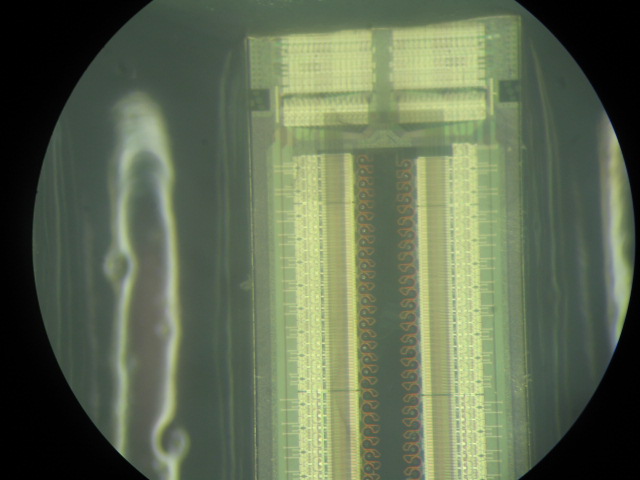Clogged print head has little or no ink flow. The print head nozzles get burned out which then leads to the symptom of electronic defect when you continue to use the printer. One of your advices given to people probably includes one that tells people not to use the printer if there is a clog. I may be mistaken. You may have given other advices but this one.ghwellsjr said:If you read the intervening posts, you will see that what looked like clogged yellow nozzles was apparently in fact caused by dried ink deposited on the bottom of the print head and after pvrbulls cleaned the bottom of the print head, those random nozzle patterns disappeared.
How do you propose that continuing to use a printer with clogged nozzles can lead to an electrical problem?
Removing the print head from the printer to soak and clean it is what leads to an electrical problem. That's why I have urged people to try to get the printer to clean its own print head and only soak it as a last resort.
There is no foundation in physics, chemistry or electronics that by taking the print head out to soak and clean would lead to an electrical problem. If you search the internet you will see hundreds, if not thousands, of posts from people who soaked printeads. I have done it many times, sometimes over night or even over many days with no ill effect. It is often the only way to unclog a print head. Your advise does not make a good logic here.
I read the whole thread. You have no way of knowing if pvrbulls has done any printing after cleaning the bottom of the print head. If he has done some printing, even just one sheet, it could kill the print head. Print head clogging almost never get unclogged by a simple cleaning of the print head surface. If you ever experienced a real clogging you should have known that.



